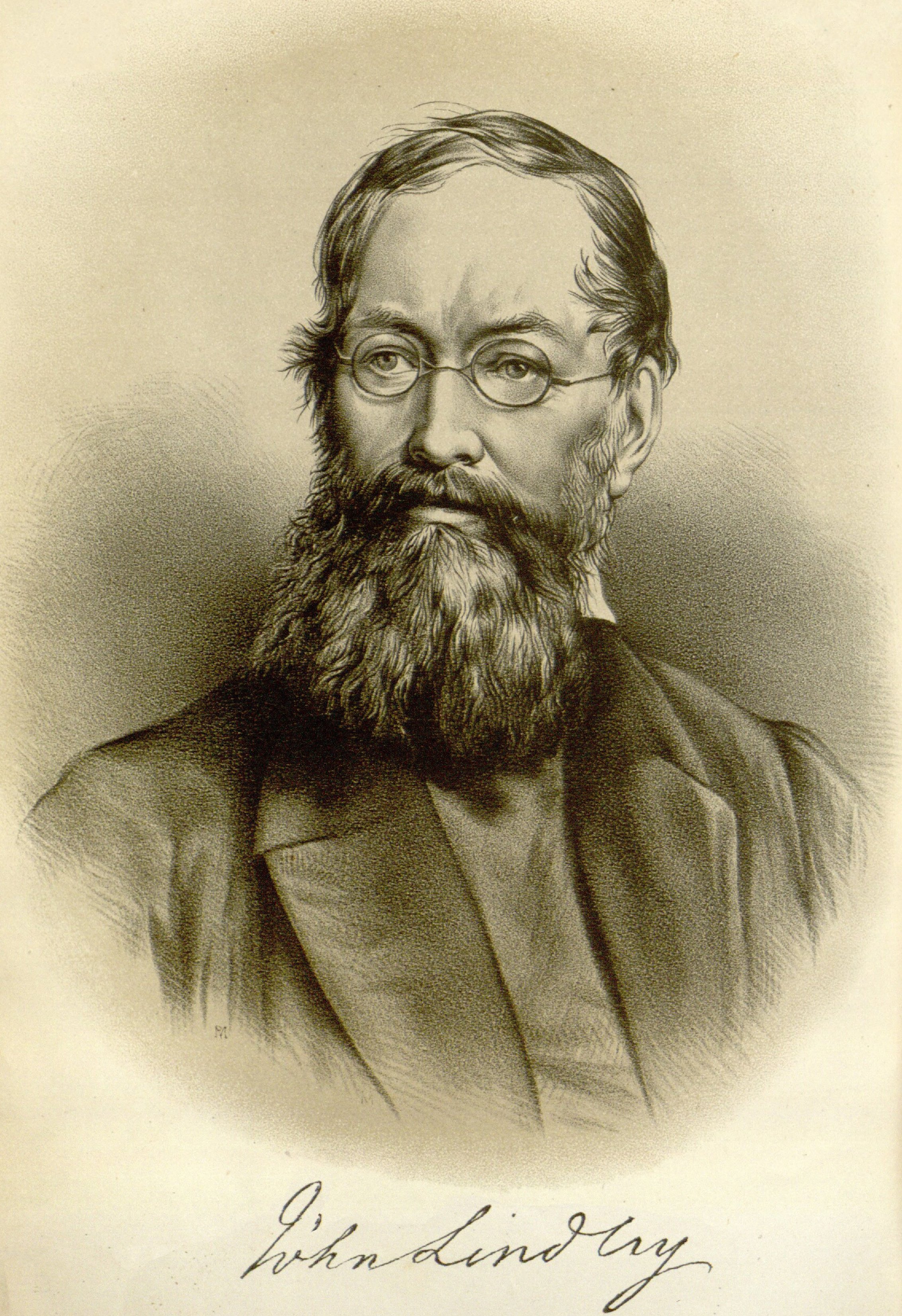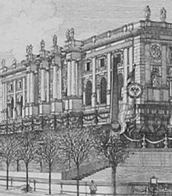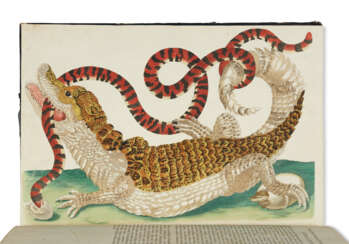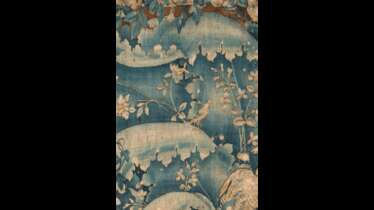botanique

Pierre-Joseph Redouté was a French artist and botanist of Belgian origin, a royal painter and lithographer.
Redouté traveled extensively from his youth and carefully studied the pictorial art of various masters, but his main interest eventually became botanical illustration. He gained access to the Botanical Gardens in Paris and the botanical library. Over time, the talented Redouté became a very popular and successful painter of flowers and plants, publishing more and more albums.
In the 1790s, Redouté was internationally recognized as one of the most popular floral artists in the world. His depictions of plants are still as fresh as if they had just been painted. His album of watercolor illustrations, The Lilies, is one of the most expensive printed books in history.



James Edward Smith was an English botanist and founder of the Linnean Society.



Maria Sibylla Merian was a German-born naturalist and artist renowned for her contributions to entomology and botanical art. Born in Frankfurt am Main in 1647, Merian gained recognition for her detailed studies and illustrations of insects and plants, focusing on their life cycles and metamorphosis, which significantly advanced the field of entomology.
Maria Sibylla Merian's journey into the world of natural history began in her hometown of Frankfurt, where she started studying insects, particularly their metamorphosis. Her marriage to Johann Andreas Graff, an artist's apprentice, eventually took her to Nuremberg, where she continued her work and published her findings. Despite personal challenges, including an unhappy marriage, Merian's dedication to her studies remained unwavering.
A pivotal moment in Merian's life was her association with the Labadist community, where she delved deeper into her studies. Her time with the Labadists in Friesland allowed her to study a variety of species, further enriching her scientific endeavors. Merian's relentless pursuit of knowledge eventually led her to Amsterdam, a hub of scientific inquiry and trade, where she was exposed to a vast array of specimens from across the globe.
Maria Sibylla Merian's most ambitious expedition was to Suriname in South America, where she studied and documented the region's diverse flora and fauna. Her observations and illustrations from this expedition were groundbreaking, providing valuable insights into the natural world. Merian's works, including her detailed engravings and illustrations, not only captivate with their beauty but also serve as valuable scientific records. Her legacy is preserved in institutions like the National Museum of Women in the Arts, which houses some of her remarkable engravings.
Maria Sibylla Merian's life and work exemplify the profound impact of combining art and science, leaving an indelible mark on both fields. Her dedication to observing and documenting the natural world continues to inspire scientists and artists alike.



Yevgeny Yevgenyevich Lanceray (Russian: Евгений Евгеньевич Лансере), a Russian artist renowned for his graphic art, painting, sculpture, mosaic work, and illustrations, has left an indelible mark on the art world. Born in 1875 in Pavlovsk, Russia, Lanceray's art journey began early under the tutelage of prominent artists at the Drawing School of the Imperial Society for the Encouragement of the Arts in St. Petersburg. His educational odyssey continued in Paris at the Académie Colarossi and Académie Julian, places where he honed his artistic skills between 1896 and 1899.
Lanceray's association with the Mir iskusstva, an influential Russian art movement, saw him immerse in the Rococo's "sparkling dust," often drawing inspiration from 18th-century Russian history and art. Despite the societal upheaval following the 1917 Revolution, Lanceray remained in Russia, diverging from many contemporaries who chose to leave. His work during this period reflects a profound infatuation with Oriental themes, inspired by his time in Dagestan and travels to Japan and Turkey.
Perhaps one of his most significant contributions is the murals at the Moscow Kazansky railway station, where Lanceray's penchant for monumental painting and the integration of tempera paint showcased his mastery. Despite facing challenges with the Soviet regime and its constraints on artistic expression, Lanceray's legacy as a muralist, illustrator, and theater designer is undisputed. His recognition came in the form of the Stalin Prize and the title of People's Artist of the RSFSR, honors that underscored his contributions to Russian and Soviet art.
For collectors and experts in art and antiques, Lanceray's work represents a unique fusion of historical inspiration and personal expression, embodying the transitionary period of Russian art from pre-revolutionary aesthetics to Soviet realism. His murals, illustrations, and theatrical designs not only reflect his artistic versatility but also offer a window into the cultural and political shifts of his time.
To stay updated on sales and auction events related to Yevgeny Yevgenyevich Lanceray, sign up for our updates. This subscription will keep you informed about the latest discoveries and opportunities to own a piece of Russian art history.
















































































